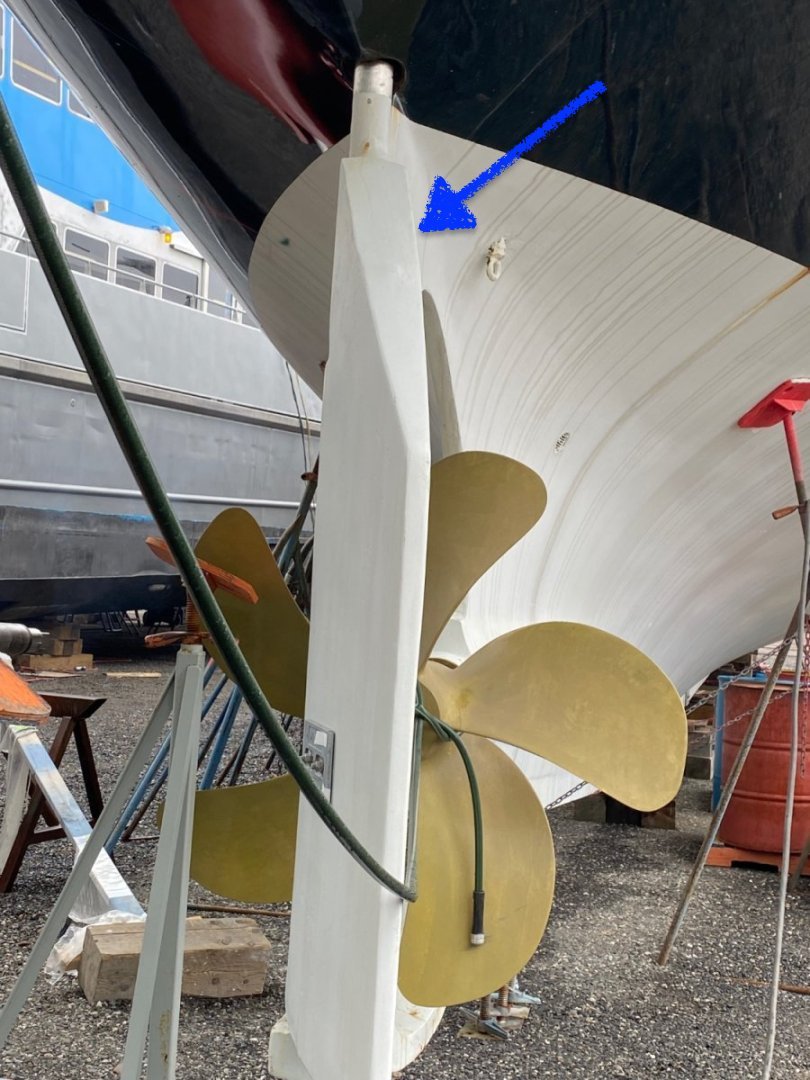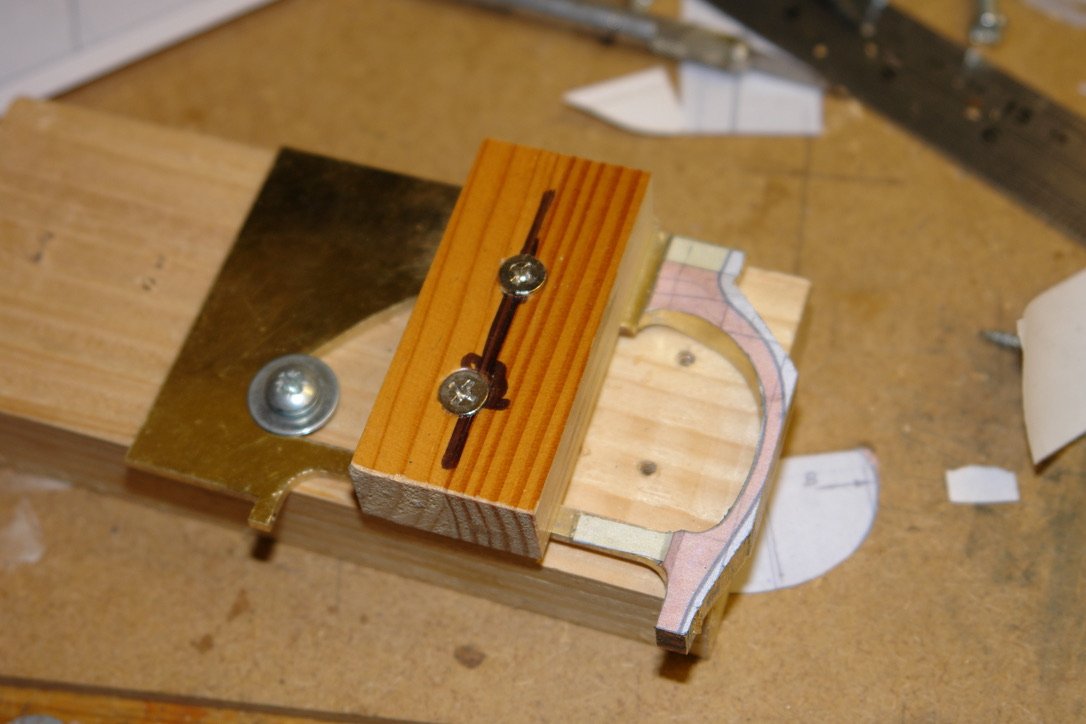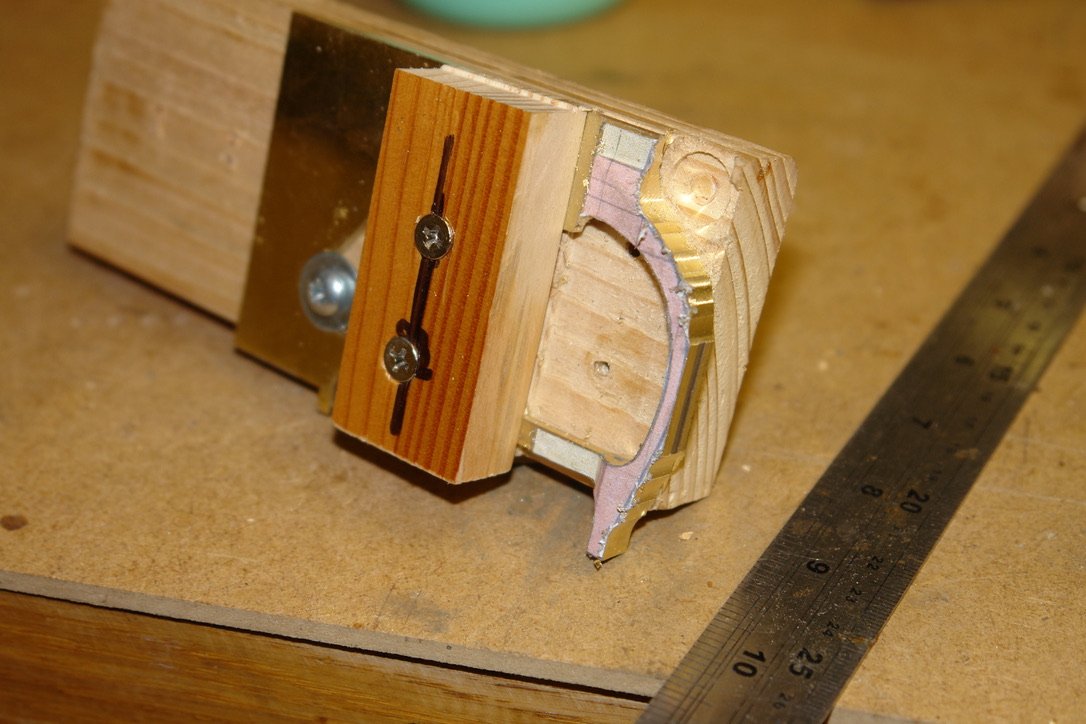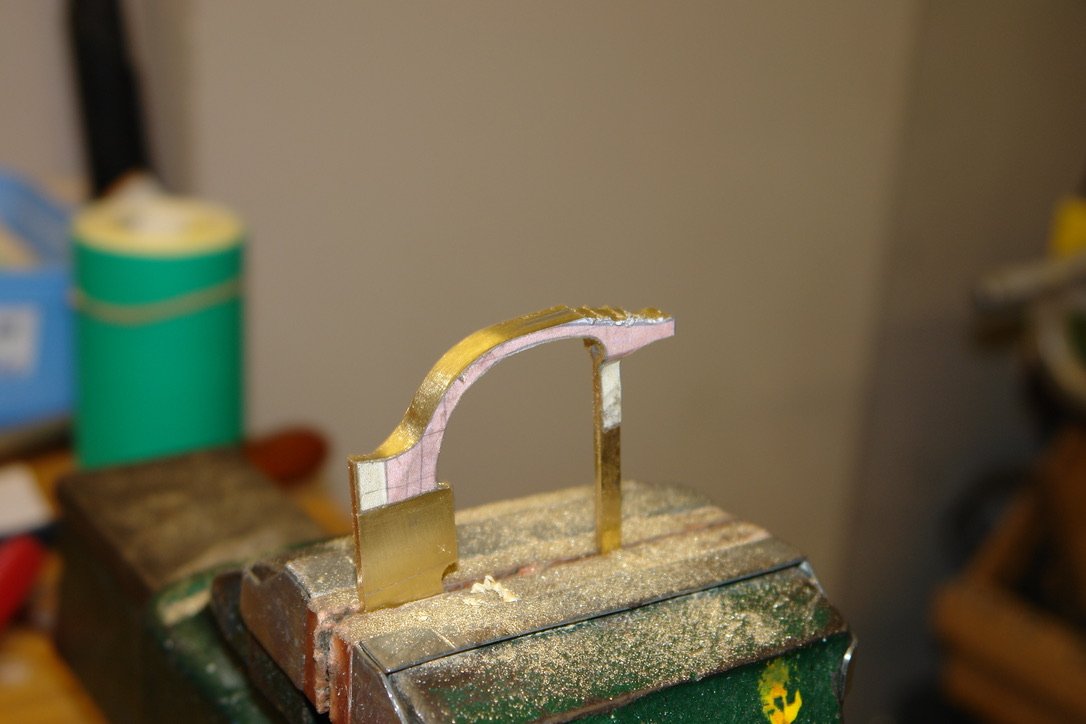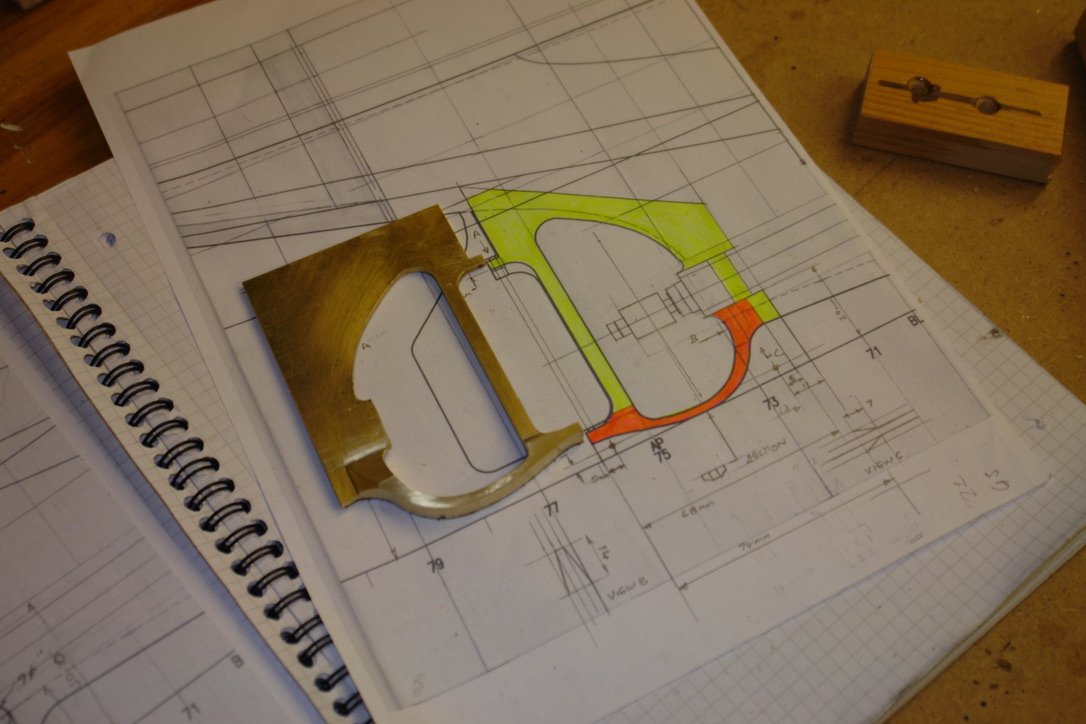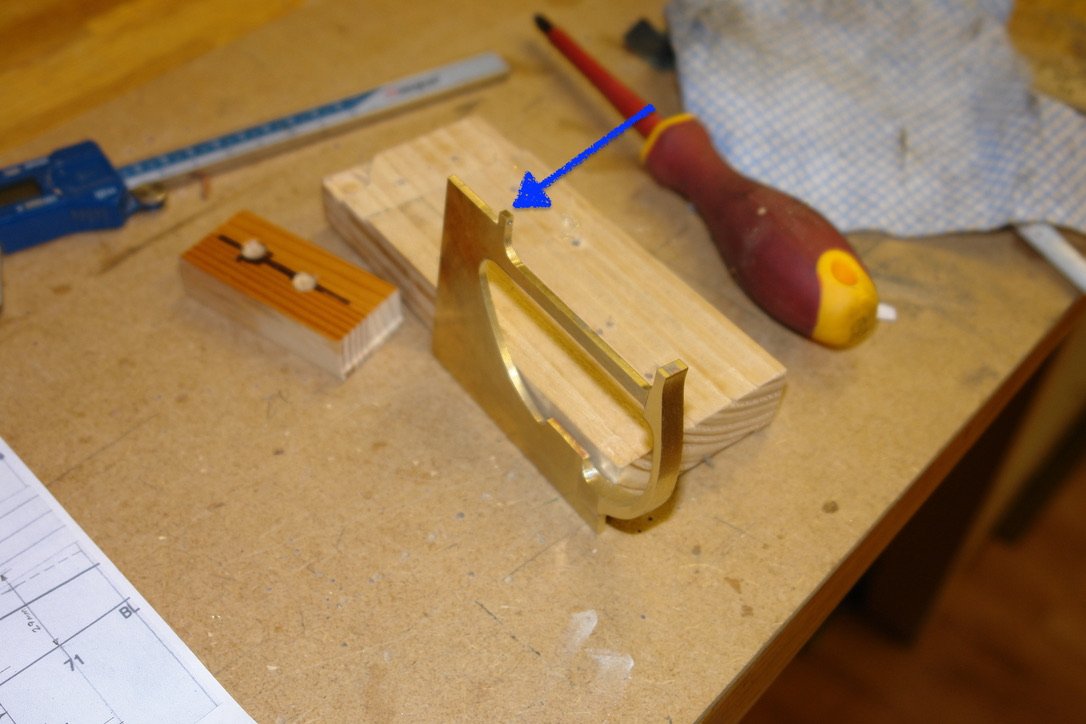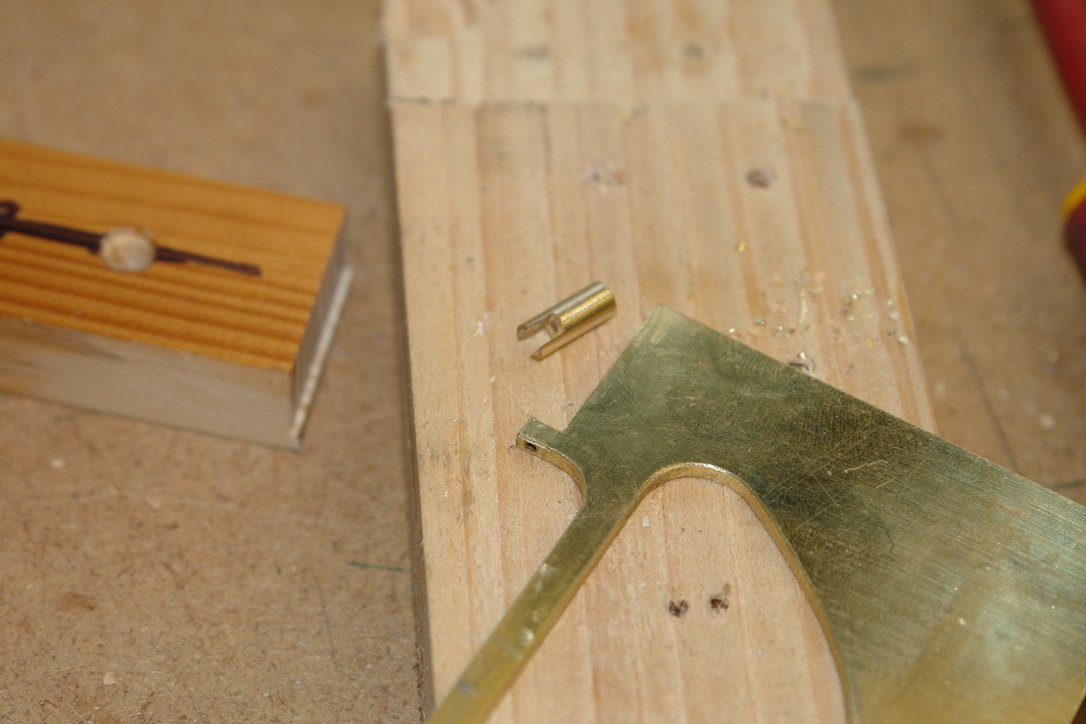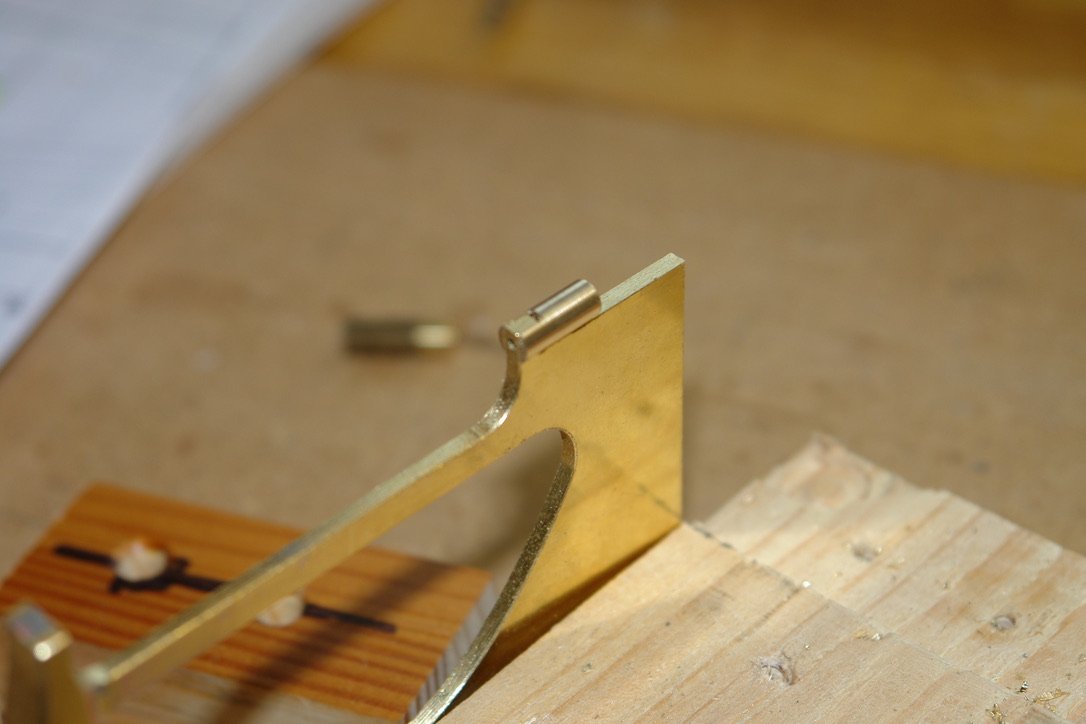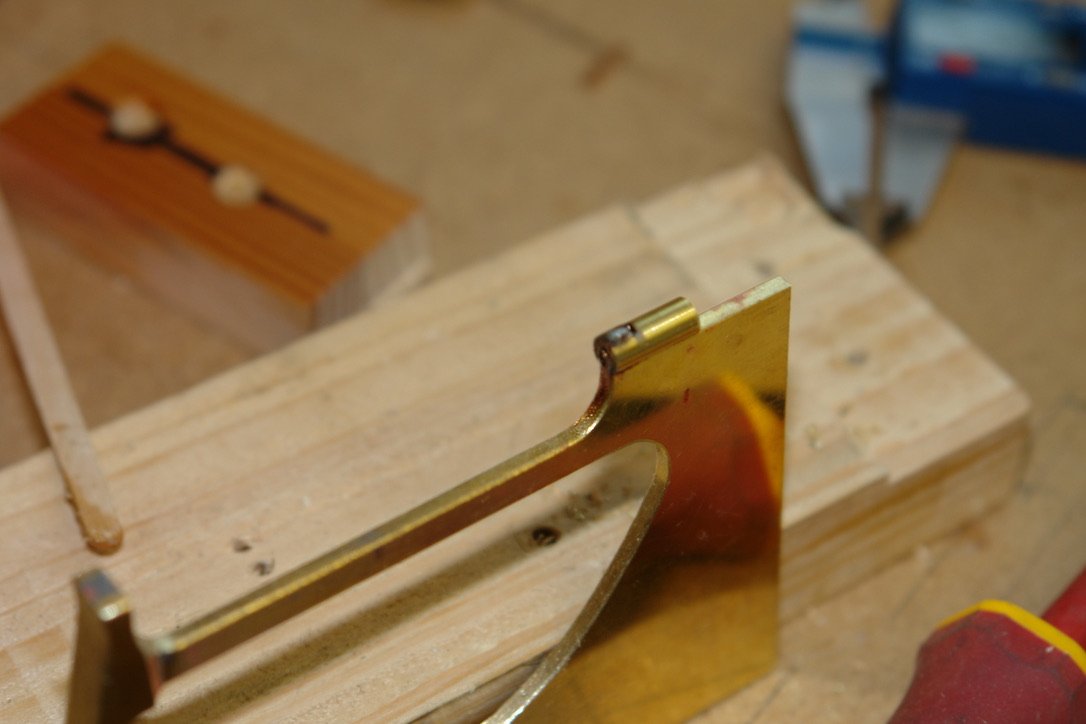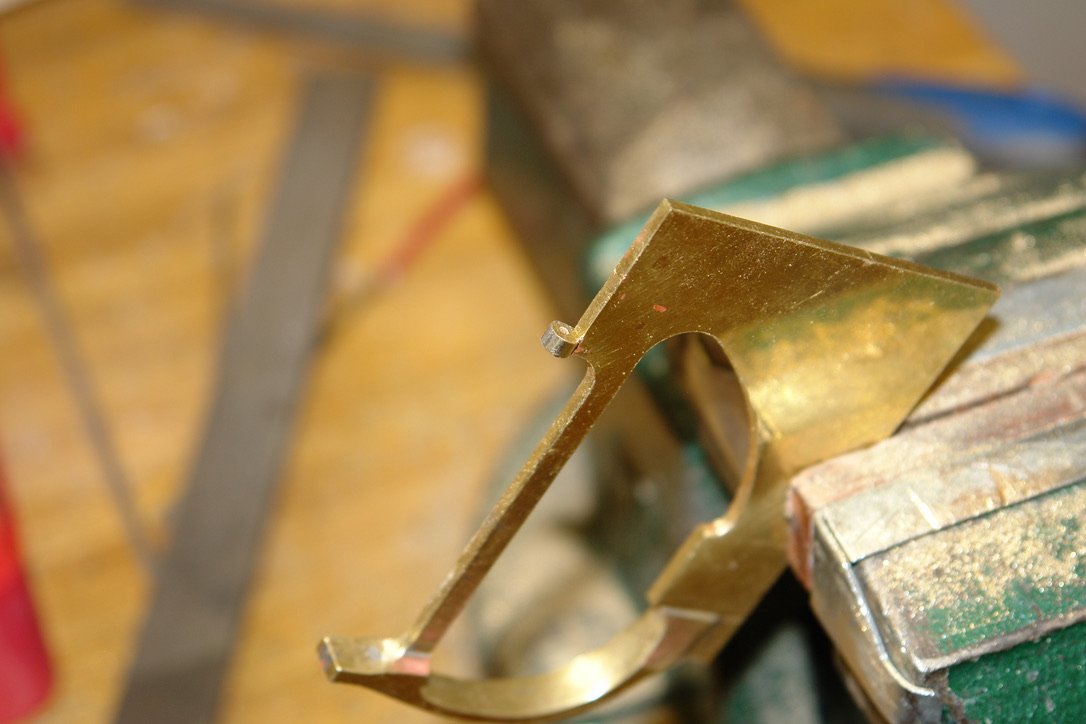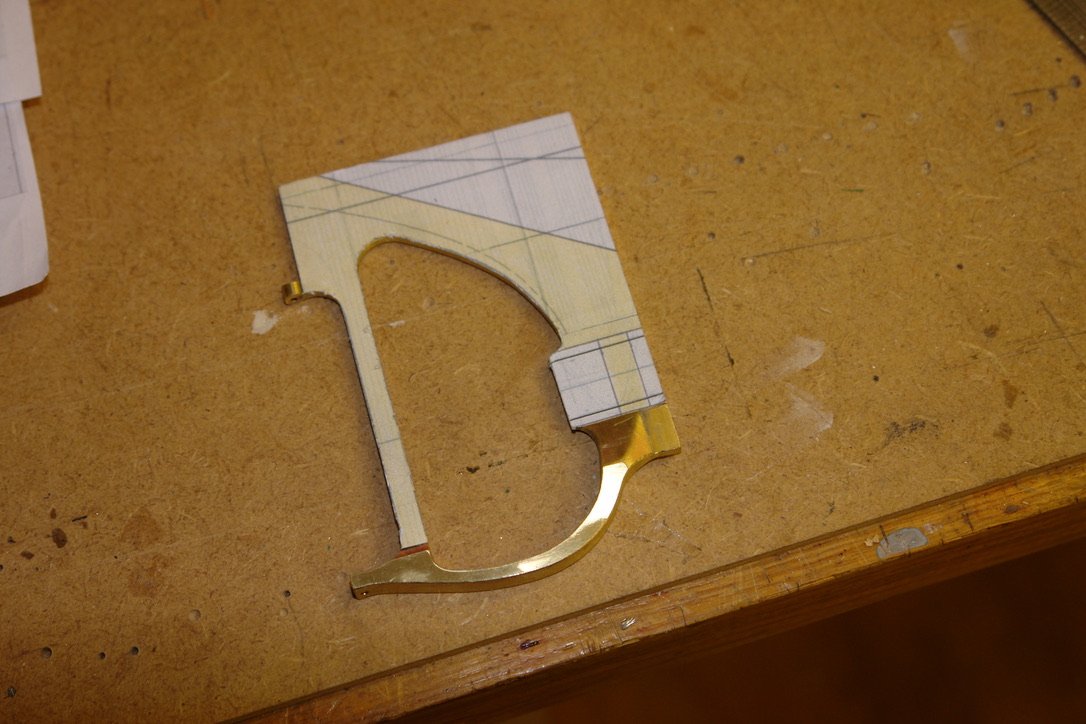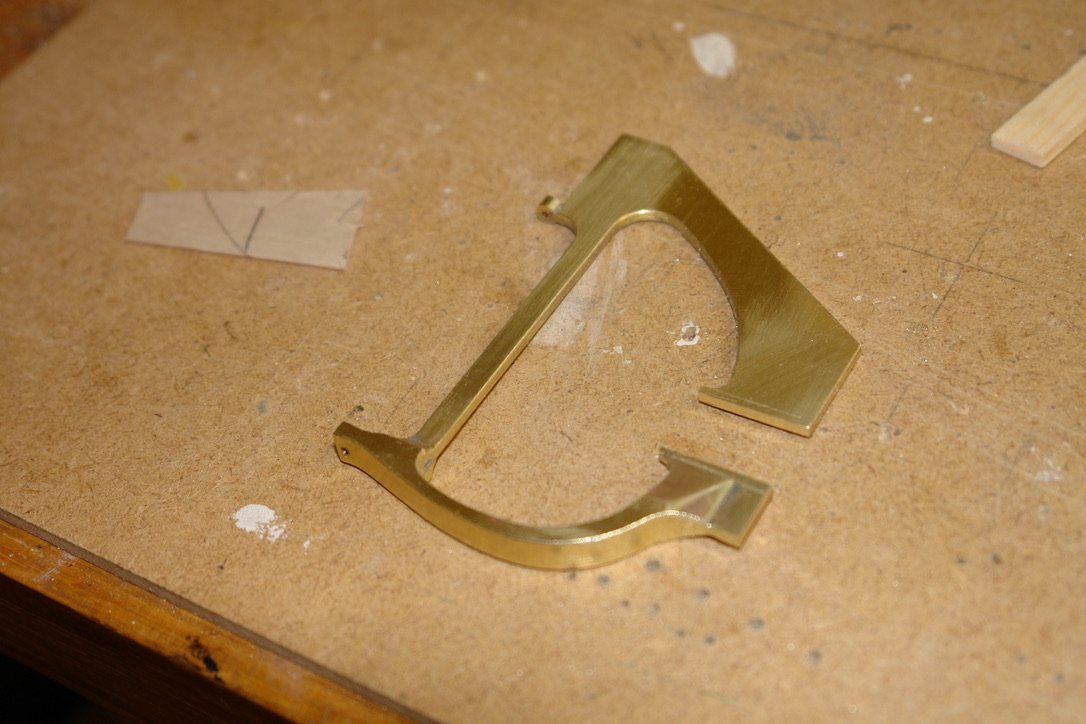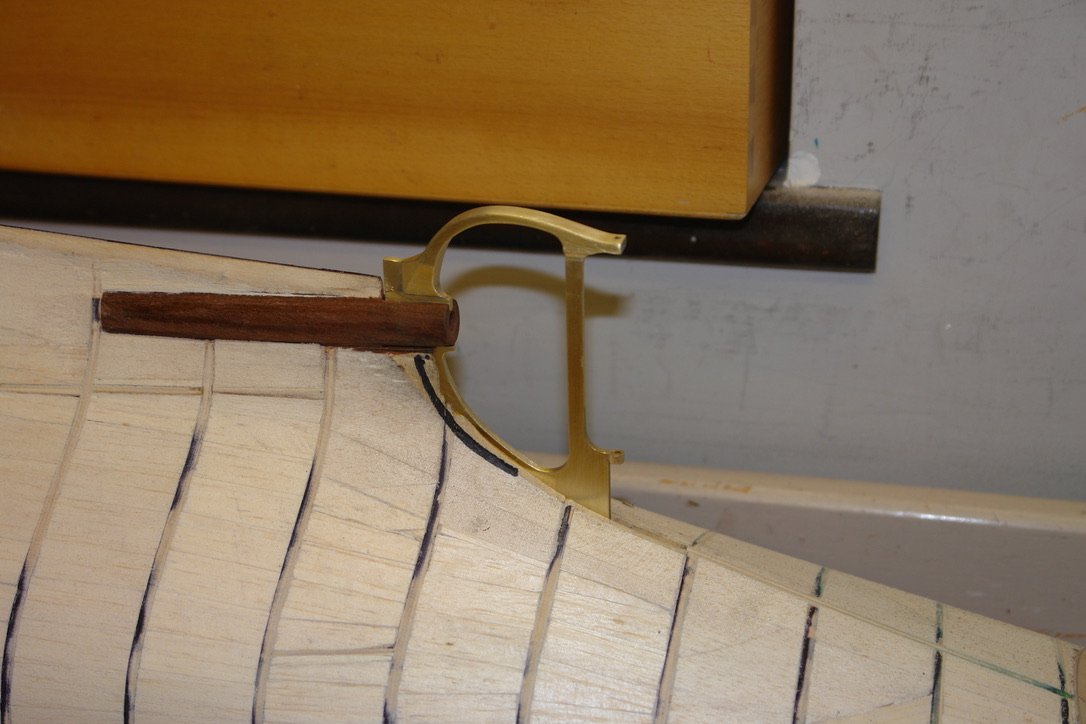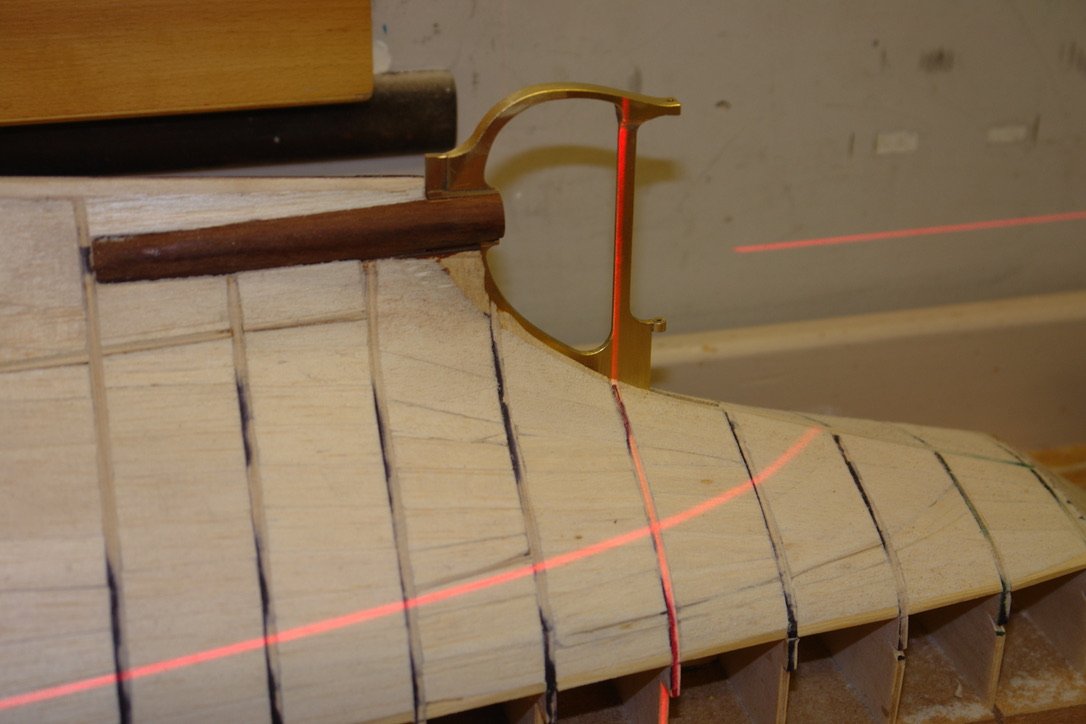-
Posts
3,246 -
Joined
-
Last visited
About KeithAug
- Birthday 05/27/1953
Profile Information
-
Gender
Male
-
Location
Sussex, England.
-
Interests
Sailing, Naval History, Model Ship Building, Model Steam Engine Building. Maisie walking - she is top left.
Recent Profile Visitors
-
 mbp521 reacted to a post in a topic:
Peerless by Cathead - 1:87 - 1893 sternwheel Missouri River steamboat
mbp521 reacted to a post in a topic:
Peerless by Cathead - 1:87 - 1893 sternwheel Missouri River steamboat
-
 Cathead reacted to a post in a topic:
Peerless by Cathead - 1:87 - 1893 sternwheel Missouri River steamboat
Cathead reacted to a post in a topic:
Peerless by Cathead - 1:87 - 1893 sternwheel Missouri River steamboat
-
 Keith Black reacted to a post in a topic:
Peerless by Cathead - 1:87 - 1893 sternwheel Missouri River steamboat
Keith Black reacted to a post in a topic:
Peerless by Cathead - 1:87 - 1893 sternwheel Missouri River steamboat
-
 BANYAN reacted to a post in a topic:
Steam Yacht Cangarda 1901 by KeithAug - Scale 1:24 - 1901/2008
BANYAN reacted to a post in a topic:
Steam Yacht Cangarda 1901 by KeithAug - Scale 1:24 - 1901/2008
-
 BobG reacted to a post in a topic:
Steam Yacht Cangarda 1901 by KeithAug - Scale 1:24 - 1901/2008
BobG reacted to a post in a topic:
Steam Yacht Cangarda 1901 by KeithAug - Scale 1:24 - 1901/2008
-
 mbp521 reacted to a post in a topic:
Caroline N by mbp521 - Scale 1:64 - Mississippi River Towboat
mbp521 reacted to a post in a topic:
Caroline N by mbp521 - Scale 1:64 - Mississippi River Towboat
-
 Jack12477 reacted to a post in a topic:
Peerless by Cathead - 1:87 - 1893 sternwheel Missouri River steamboat
Jack12477 reacted to a post in a topic:
Peerless by Cathead - 1:87 - 1893 sternwheel Missouri River steamboat
-
A lovely little fleet there Eric - although Arabia is still my favourite.
- 253 replies
-
 Retired guy reacted to a post in a topic:
Lightship ELBE 1 by Mirabell61 - scale 1:87 - launched 1948
Retired guy reacted to a post in a topic:
Lightship ELBE 1 by Mirabell61 - scale 1:87 - launched 1948
-
 KeithAug reacted to a post in a topic:
Flying Fish by MikeR - 1:64 (3/16" to 1 Foot) - from Model Shipways plans
KeithAug reacted to a post in a topic:
Flying Fish by MikeR - 1:64 (3/16" to 1 Foot) - from Model Shipways plans
-
 Keith Black reacted to a post in a topic:
Caroline N by mbp521 - Scale 1:64 - Mississippi River Towboat
Keith Black reacted to a post in a topic:
Caroline N by mbp521 - Scale 1:64 - Mississippi River Towboat
-
 Keith Black reacted to a post in a topic:
Steam Yacht Cangarda 1901 by KeithAug - Scale 1:24 - 1901/2008
Keith Black reacted to a post in a topic:
Steam Yacht Cangarda 1901 by KeithAug - Scale 1:24 - 1901/2008
-
 KeithAug reacted to a post in a topic:
Steam Yacht Cangarda 1901 by KeithAug - Scale 1:24 - 1901/2008
KeithAug reacted to a post in a topic:
Steam Yacht Cangarda 1901 by KeithAug - Scale 1:24 - 1901/2008
-
 KeithAug reacted to a post in a topic:
Paddlewheeler Golden City by Louie da fly - Scale 1:50 and 1:25 - solid hull
KeithAug reacted to a post in a topic:
Paddlewheeler Golden City by Louie da fly - Scale 1:50 and 1:25 - solid hull
-
 KeithAug reacted to a post in a topic:
Lightship ELBE 1 by Mirabell61 - scale 1:87 - launched 1948
KeithAug reacted to a post in a topic:
Lightship ELBE 1 by Mirabell61 - scale 1:87 - launched 1948
-
 KeithAug reacted to a post in a topic:
SS Blagoev (ex Songa )1921 by Valery V - scale 1:100 - Soviet Union
KeithAug reacted to a post in a topic:
SS Blagoev (ex Songa )1921 by Valery V - scale 1:100 - Soviet Union
-
 KeithAug reacted to a post in a topic:
SS Blagoev (ex Songa )1921 by Valery V - scale 1:100 - Soviet Union
KeithAug reacted to a post in a topic:
SS Blagoev (ex Songa )1921 by Valery V - scale 1:100 - Soviet Union
-
 KeithAug reacted to a post in a topic:
Ranger type yacht by Mark Pearse - 1:12 - SMALL
KeithAug reacted to a post in a topic:
Ranger type yacht by Mark Pearse - 1:12 - SMALL
-
 KeithAug reacted to a post in a topic:
Ranger type yacht by Mark Pearse - 1:12 - SMALL
KeithAug reacted to a post in a topic:
Ranger type yacht by Mark Pearse - 1:12 - SMALL
-
 KeithAug reacted to a post in a topic:
Steam Yacht Cangarda 1901 by KeithAug - Scale 1:24 - 1901/2008
KeithAug reacted to a post in a topic:
Steam Yacht Cangarda 1901 by KeithAug - Scale 1:24 - 1901/2008
-
 KeithAug reacted to a post in a topic:
Steam Yacht Cangarda 1901 by KeithAug - Scale 1:24 - 1901/2008
KeithAug reacted to a post in a topic:
Steam Yacht Cangarda 1901 by KeithAug - Scale 1:24 - 1901/2008
-
Eberhard - thank you - my current thought is to paint the hull above the waterline to match the original but to varnish below the waterline to show off the mahogany and brass. it is still early days and plans might change depending on how neat the planking is. Druxey - Thank you ----- and the angle can be changed by moving it in or out from the edge. And thank you to the Black twins for their unrelenting support.🙂
-
Excellent progress Nils. I look forward to the next instalment.
- 119 replies
-
- lightship
- Feuerschiff Elbe 1
-
(and 1 more)
Tagged with:
-
Thank you Andy and John. I spent a few hours today completing the rudder (excluding finishes). The shaft is 0.16" diameter while the plate is .04" thick. I therefore needed to machine slots in the the cladding 0.08" radius by 0.06" deep. See blue arrows on next photo. I also cut the plate along the line of the shaft removing a .016" wide strip. The brass pieces were then assembled on the cladding and glued in place using CA glue. The other side of the gladding was then glued in place forming a brass sandwich. The rudder is fitted with anodes. All the anodes on Cangarda are of the same flat plate type. I drilled the holes for later anode attachment. To get the taper sanding of the cladding symmetrical I employed a flat sheet of aluminium oxide paper and a bulldog clip. The bulldog clip is holding the front of the rudder clear of the sandpaper and at a constant angle while the taper is sanded. The bulldog clip spring is hard enough to resist the abrasion of the oxide paper. The taper on the front edge of the rudder was formed in a similar manner. My plan is to get on to the planking next. I expect it to be a long job so if you want to skip it I suggest you rejoin in about 2 months.
-
Thank you Richard and Pat. Gary - She says it is her greatest pleasure to be my forever financial burden. She also says my efforts are earning points which will influence her when choosing the quality of retirement home she will be putting me into when I can no longer look after myself. And so on to the rudder. I started with a brass sheet .040" thick. I drilled a number of holes at the centre of the various edge curves. I also turned up some filing buttons - blue arrows. I cut away the waste brass and using the buttons I filed the edge curves. The rudder is profiled / streamlined although the front and rear edges are blunt. The outer rudder shaft was made from brass tube with bearing ferrules at the upper and lower ends. The ferrules are drilled .040" diameter to take the fixed inner bearing shaft. The small upper section shaft was made in a similar way. Below all 3 parts are assembled. I will form the outer shape of the rudder by attaching mahogany to each side and then sanding to shape. Below the mahogany "cladding" has been cut and glued prior to attaching to the rudder shaft. That's all for now.
-
Eberhard - that was my worry and I also thought the method I chose was potentially the easiest to guarantee alignment between the upper and lower bearing holes. Tom - relatively cheap from Amazon or Ebay. And yes they are excellent for waterlines. Thank you Eberhard, Tom, Druxey, Rick, John and Nils. And thank you to the usual crew of followers for the likes.
-
I find that the older I feel the Dozier I get, and I can't even blame it on late nights. Remember every failure is an opportunity for improvement.😀
- 88 replies
-
- Vigilance
- Sailing Trawler
-
(and 1 more)
Tagged with:
-
A little more progress on the rudder frame. Thank you Rick / Richard - Exactly so Richard. I am still using paper templates to get the shapes right. The wedge angles produce a little distortion in the templates but nothing worth worrying about. I cut the bulk of the excess metal away with straight cuts using my hacksaw. I then clamped the frame to a piece of wood for a bit of milling. I nibbled my way towards the desired profile using an end mill cutting vertically. I then blended the frame to shape with various files. I also drilled holes (upper and lower) to take the rudder shaft. The frame around the upper rudder bearing is round and not square as currently formed. So I needed to form the 4mm diameter round boss. I did this by first slotting out the end of a piece of 4mm diameter rod. This was then placed over square section nib and soldered in place. The excess was then cut away and the boss was cleaned up with a file. Finally a paper template was used again prior to cutting away the waste. The frame was then test fitted into the pre made slot in the hull. Although not fixed in position I checked the alignment with a laser level. The frame isn't finished as it needs a fair bit of polishing with wet and dry paper before finishing on the polishing wheel. Next the rudder.
About us
Modelshipworld - Advancing Ship Modeling through Research
SSL Secured
Your security is important for us so this Website is SSL-Secured
NRG Mailing Address
Nautical Research Guild
237 South Lincoln Street
Westmont IL, 60559-1917
Model Ship World ® and the MSW logo are Registered Trademarks, and belong to the Nautical Research Guild (United States Patent and Trademark Office: No. 6,929,264 & No. 6,929,274, registered Dec. 20, 2022)
Helpful Links
About the NRG
If you enjoy building ship models that are historically accurate as well as beautiful, then The Nautical Research Guild (NRG) is just right for you.
The Guild is a non-profit educational organization whose mission is to “Advance Ship Modeling Through Research”. We provide support to our members in their efforts to raise the quality of their model ships.
The Nautical Research Guild has published our world-renowned quarterly magazine, The Nautical Research Journal, since 1955. The pages of the Journal are full of articles by accomplished ship modelers who show you how they create those exquisite details on their models, and by maritime historians who show you the correct details to build. The Journal is available in both print and digital editions. Go to the NRG web site (www.thenrg.org) to download a complimentary digital copy of the Journal. The NRG also publishes plan sets, books and compilations of back issues of the Journal and the former Ships in Scale and Model Ship Builder magazines.







